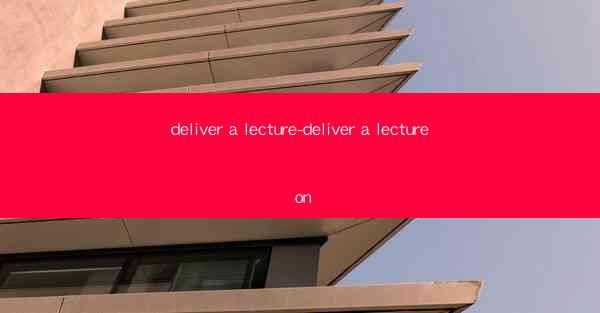Ladies and gentlemen, today I am honored to deliver a lecture on a topic that is both fascinating and relevant to our ti...

Ladies and gentlemen, today I am honored to deliver a lecture on a topic that is both fascinating and relevant to our times: The Impact of Technology on Education. As we navigate through the digital age, the role of technology in shaping the educational landscape has become increasingly significant. In this lecture, we will explore the various ways in which technology has transformed education, from classroom instruction to distant learning.
Historical Perspective
To understand the current state of technology in education, it is essential to look back at its historical development. The first major breakthrough was the advent of the internet in the 1990s, which allowed for the creation of online educational resources. This was followed by the rise of e-learning platforms and the integration of digital tools in traditional classrooms. The evolution of technology has been a gradual process, but its impact has been profound.
Enhancing Classroom Instruction
One of the most significant ways technology has influenced education is by enhancing classroom instruction. Interactive whiteboards, for instance, have replaced traditional blackboards, making lessons more dynamic and engaging. Students can now participate in real-time discussions, access additional resources, and collaborate on projects. Additionally, educational software and apps have made it possible for teachers to tailor their lessons to individual student needs, thereby promoting personalized learning.
Distance Learning and E-Learning Platforms
The advent of e-learning platforms has revolutionized the concept of distance learning. Students can now attend virtual classes from anywhere in the world, breaking down geographical barriers. These platforms offer a wide range of courses, from basic subjects to specialized fields. The flexibility of e-learning has made education more accessible to a broader audience, including working professionals and individuals with disabilities.
Personalized Learning and Adaptive Technology
Technology has also enabled personalized learning experiences. Adaptive learning platforms use algorithms to analyze student performance and provide customized learning paths. This approach allows students to learn at their own pace and focus on areas where they need more support. By leveraging adaptive technology, educators can cater to the diverse needs of their students, ensuring that everyone has the opportunity to succeed.
The Role of Social Media and Online Collaboration
Social media has become an integral part of the educational process. Platforms like Twitter and Facebook are used for sharing information, engaging in discussions, and connecting with peers and experts. Online collaboration tools, such as Google Docs and Slack, facilitate teamwork and project management, making it easier for students to work together on assignments and presentations.
Challenges and Concerns
While technology has brought numerous benefits to education, it also presents challenges and concerns. One of the main concerns is the digital divide, where students from low-income families may lack access to the necessary technology and internet connectivity. Additionally, there is a risk of over-reliance on technology, which could lead to a decrease in critical thinking and interpersonal skills. It is crucial for educators to strike a balance between leveraging technology and maintaining a well-rounded education.
Conclusion
In conclusion, the impact of technology on education has been transformative. From enhancing classroom instruction to enabling distance learning and personalized learning experiences, technology has opened up new avenues for education. However, it is essential to address the challenges and concerns associated with technology integration to ensure that all students benefit from its potential. As we continue to embrace technological advancements, let us strive to create an inclusive and effective educational environment for future generations. Thank you for your attention.




















